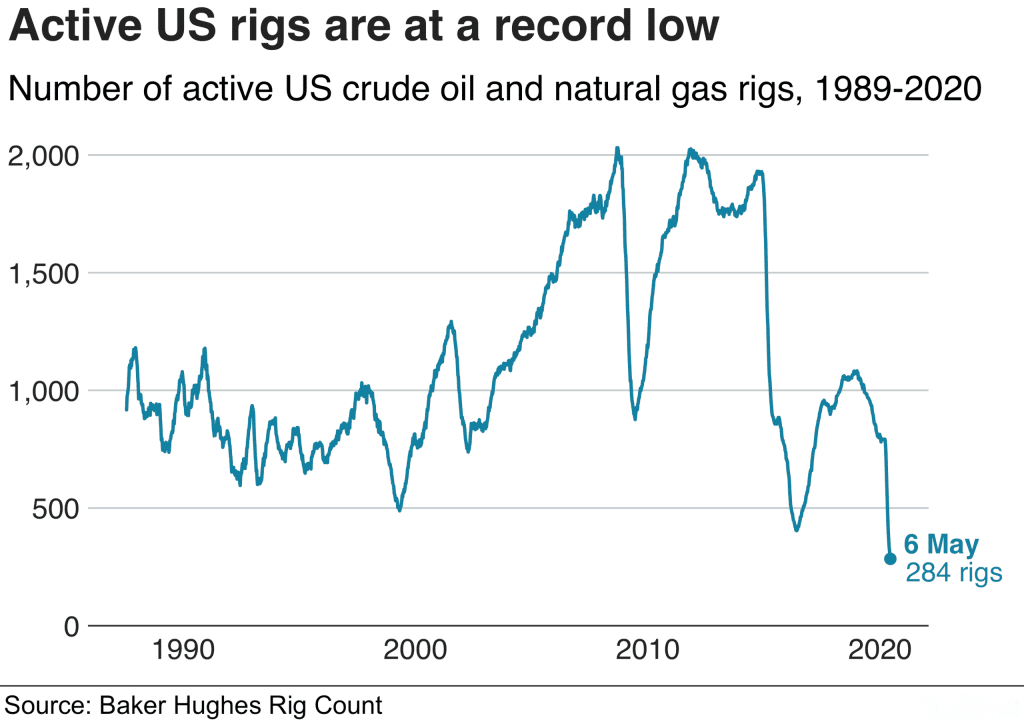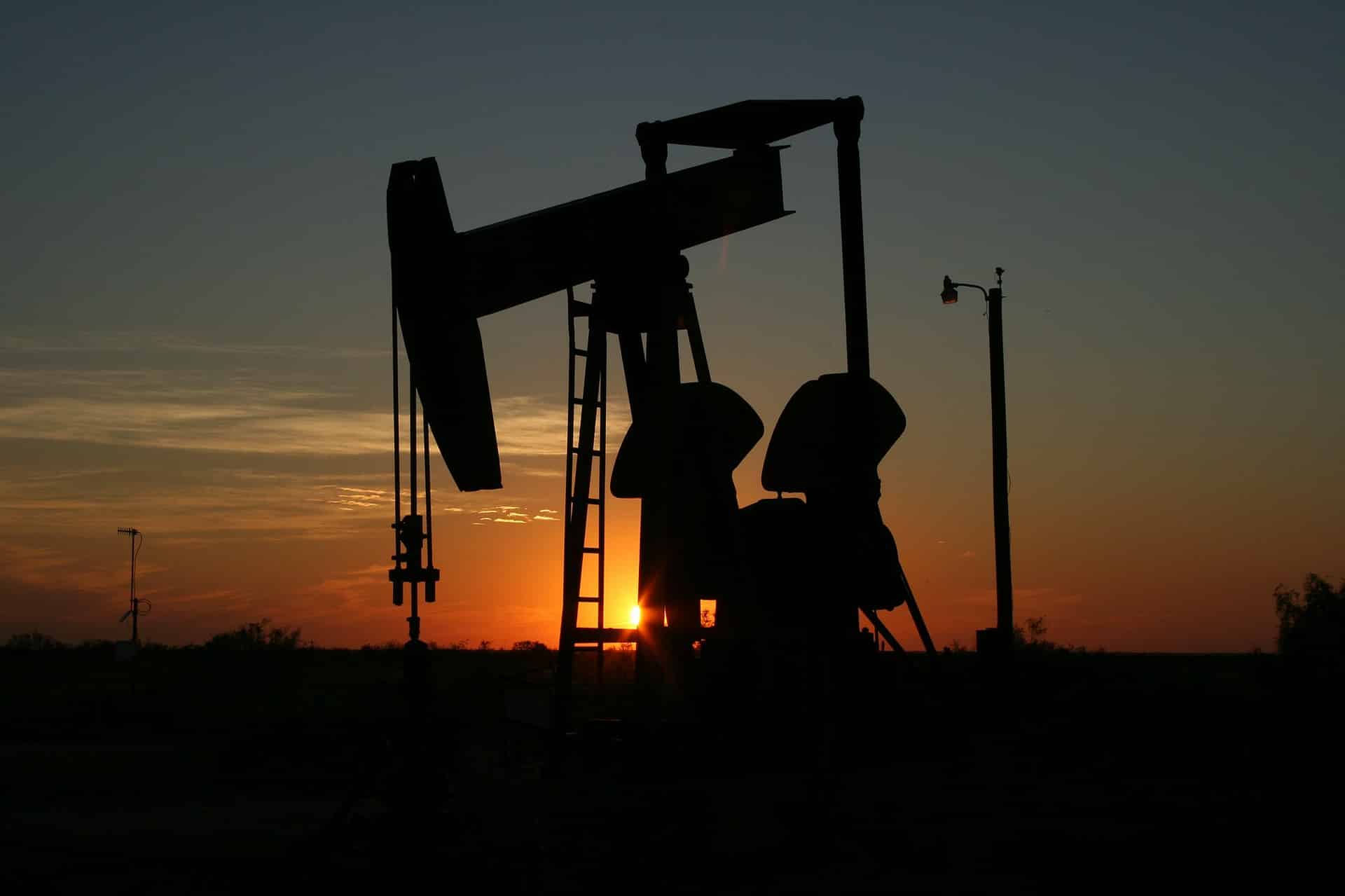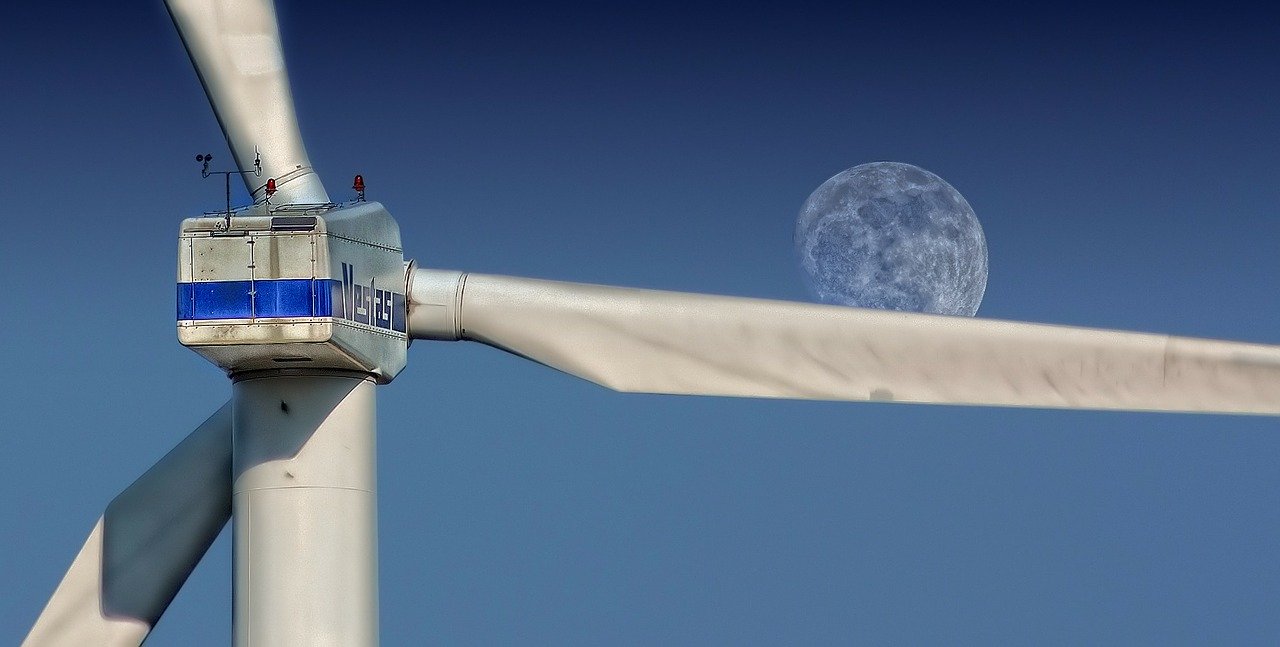As a result of the lockdown, carbon dioxide (CO2) emissions have seen a steep reduction. This is partly due to the usage of fossil fuels dropping during the coronavirus pandemic. In some instances, electricity has even been given away for free. It would be an understatement to say that the global lockdown has changed the way we produce and consume energy.
A reduction of cars on the roads has meant cleaner air for those exercising. It’s inevitable that the demand for energy will start to pick up and this has posed a number of questions. Many energy experts have already recommended that we make the transition to renewable energy completely.
Could electricity be free in the future?
An interesting moment during the pandemic was when consumers were actually paid to use electricity. Electricity usage across Europe fell by around 15%. This spring there was more sunshine and wind than ever before, thus increasing renewable energy production. Wholesale electricity prices even fell below zero as there was more than enough supply but not enough demand. Normally, negative prices are very rare, but they went to minus on 66 occasions in April in the UK. It’s easier for operators such as the National Grid to pay customers to use power rather than shut down their generators.

Will there be an end to fracking?
Shale oil drilling in the United States has experienced a lot of disruption due to the pandemic. Over the past 10 years, fracking has become the main source of energy production in the US. This method uses a mixture of water, sand and chemicals under high pressure to crack open oil and gas-bearing rocks. Shale oil accounted for 63% of the US’ total crude oil production in 2019, according to data from the US Energy Information Administration (EIA). However, fracking was affected in a very negative way due to the consequences of COVID-19. The number of oil and gas rigs operating in the US has fallen by a staggering 56%, according to figures from the EIA.

What about interest in nuclear power?
There’s a good chance that governments around the world will be considering atomic energy, especially when thinking about the difficulty during these unprecedented times. Nuclear power plants provided almost 45% of the low carbon electricity used in Europe during the crisis.
How does hydrogen fit into the picture?
As we exit lockdown, hydrogen as an energy source has seen a lot of interest. Hydrogen can be produced from natural gas, but will need to have its carbon captured to make it sustainable. Although, we can produce a ‘cleaner’ version from water. This would be achieved by using renewable energy to power a process of electrolysis. The resulting gas does not pollute the air when being burned, in addition to not producing any CO2. This fuel source could potentially be used to decarbonise buses and lorries.
Will fossil fuels make a comeback?
Fossil fuels face an uncertain future, and this will be determined by how various governments make use of their budgets. CO2 emissions have seen sharp rises over the last decade due to an increasing number of people purchasing petrol and diesel SUVs all over the world. During the crisis, the demand for oil has fallen dramatically as airplane fleets are grounded and less people are travelling by car due to staying at home.
We’ll have more details on the energy sector as the situation develops.





